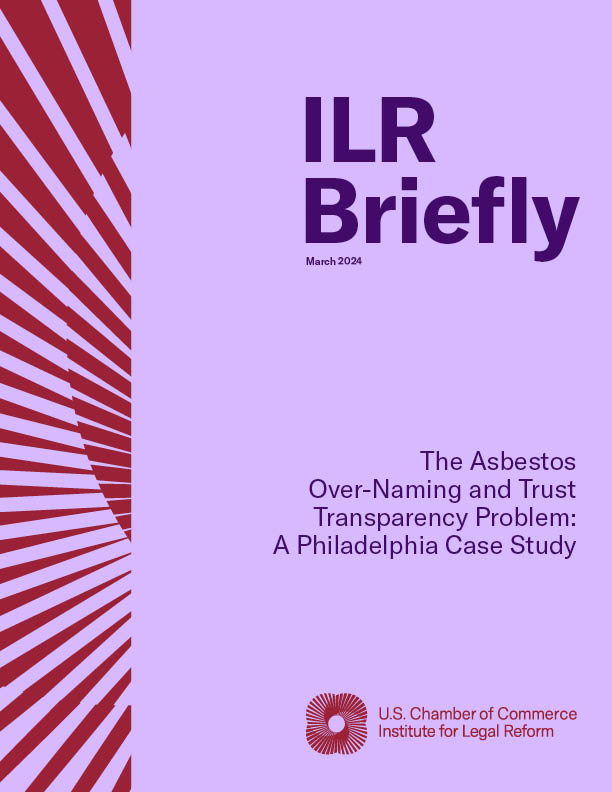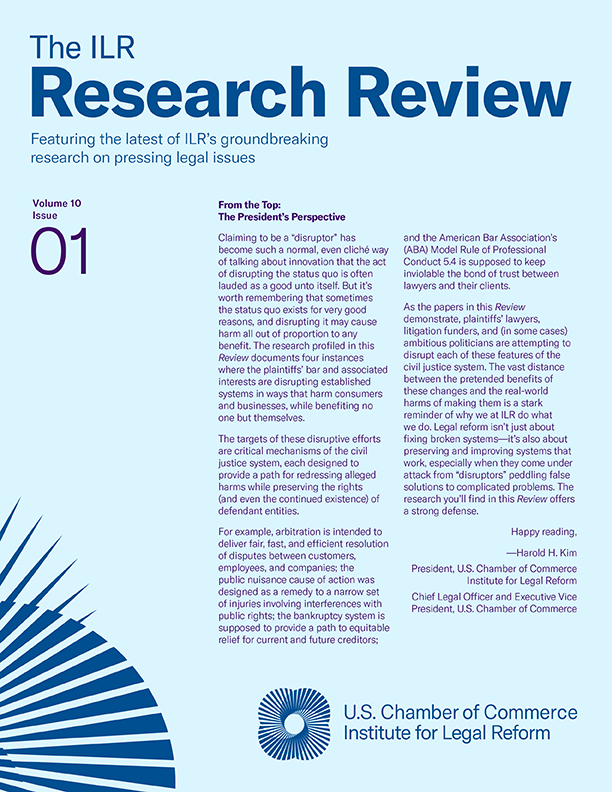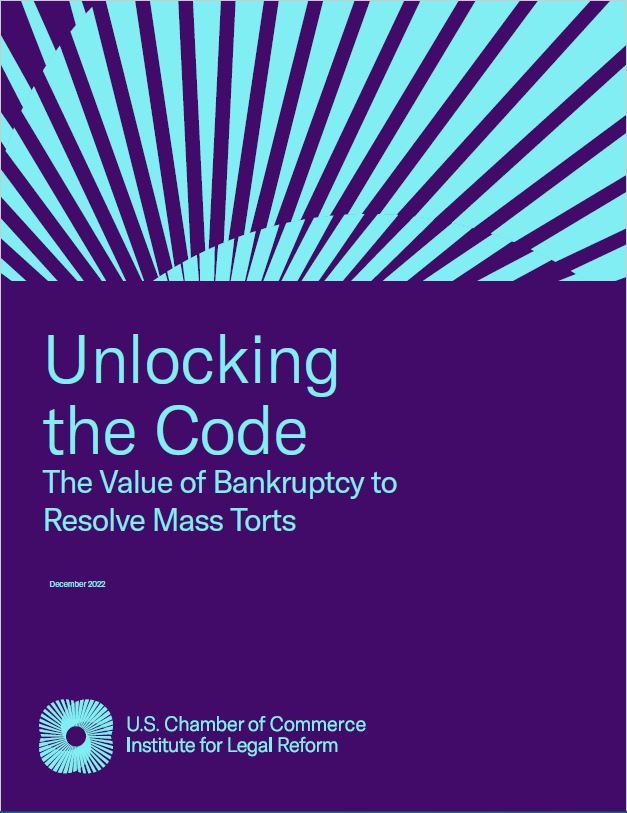When we last examined Madison County in late 2010, we observed that the Madison County asbestos litigation story is one involving the creation of a national clearinghouse for asbestos malignancy claims by first suspending normal rules about which court should hear these cases, and second, by adopting procedures to facilitate the “processing” of large numbers of those claims. These factors combined to facilitate the process of extracting maximum value from the defendants. The resulting economics, in turn, drove a kind of litigation perpetual motion machine where, so long as the rules are relaxed, more and more cases were drawn to the jurisdiction.
While there have been changes in the procedure approved and employed in the county to assign cases for trial—the court abandoned the highly controversial assignment of trial settings to law firms as opposed to actual plaintiffs—Madison County continues to demonstrate a hard fact of asbestos litigation: the more things change, the more they stay the same. Whether Madison County asbestos litigation will continue along its current course is an, as of yet, unwritten chapter; but as it stands now, the story is a useful cautionary tale about the power of procedural “innovations,” the ability of a judge or judges in one location to impact the entire national system of litigation, the extreme mobility of asbestos claims, and the tyranny of economic incentives.
Although it is in its early days in terms of the abandonment of the trial assignment scheme, Madison County seems poised to play a substantial and continuing role as a “clearinghouse” jurisdiction in the next chapter of the unfolding drama that is asbestos litigation: lung cancers. This paper is, in part, an update of ILR’s 2010 publication, but with new information and analysis to bring it current to today’s issues and challenges.
View PDF


